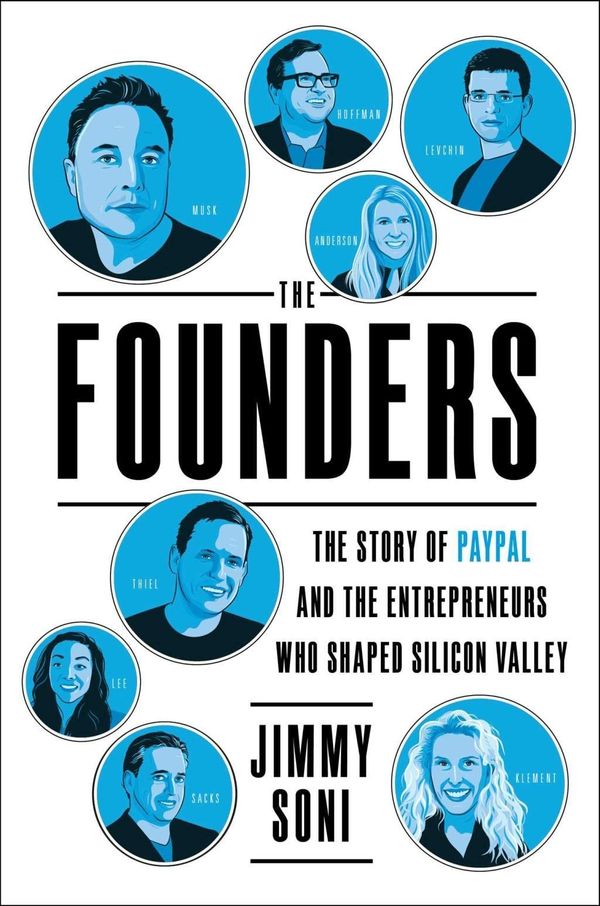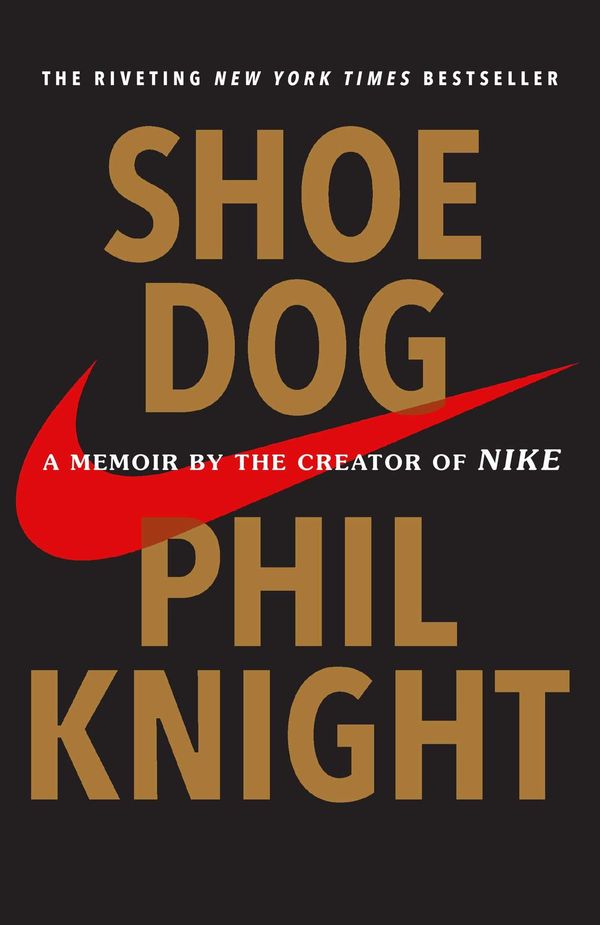By Yvon Chouinard (2005)
Pages: 231, Final verdict: Should-read
Let My People Go Surfing tells the story of Yvon Chouinard in founding and managing his companies Chouinard Equipment and Patagonia.
Originally published in 2005 and now re-published in a revised edition in 2016, the book is divided in two parts: the first being more autobiographical, while the second part focuses on the 'management philosophies' at Patagonia.
Living on the cliff's edge
Yvon Chouinard was an adept of outdoor sports from an early age. It was in California, where the Chouinard family lived, that he started rock climbing. Surfing, rappelling and fishing were also among Chouinard's favourite activities as a teenager.
After graduating from high school and two years at a community college, Chouinard spent the next better part of the 1960s climbing walls from Yosemite in California, to the Tetons in Wyoming or the Alps in Europe. According to the stories from the book, Chouinard and his friends lived the real dirtbag's life: camping for many months, eating canned food (sometimes cat food) and even being arrested for "wandering around aimlessly".
"We were always sick from the bad water and couldn't afford medicine, so we would powder charcoal from the campfire, mix it with half a cup of salt in a glass of water, and drink that as an emetic (...) Even today I drink out of every stream I fish in (except for rivers with dying salmon) and I rarely get sick." - Yvon Chouinard
In order to make a living, he bought a forge where he produced iron pitons. He would produce the climbing equipment in the winter months, sell it to friends and go climbing around the country during the rest of the year.
Chouinard's first big environmental statement happened at this time: as Chouinard Equipment (nowadays Black Diamond) became the number 1 supplier of climbing gear in the US due to the popularity of their pitons, they realized that walls were being destroyed by the amount of climbers using their pitons. In a bold move, Chouinard killed his best selling product and educated his customers (through his mail order catalog) about a new kind of gear that allowed for "clean" climbing. Despite the early resistance, the new gear soon became a sales success.
It was also soon after, in 1970, that Chouinard started selling rugby shirts he bought in England to his friends. The fabric of the shirts was resistant and perfect for climbing. It was the start of what became Patagonia, one of the top outdoor clothing companies in the world.
How harmful is your company for the environment?
Patagonia was from the start a company strongly oriented towards environmental activism. During the remaining of the book, we learn how it grew to a global business from 1973 to 2016, with a workforce composed of Chouinard's climbing friends and other outdoor enthusiasts.
The most interesting learning point for me was understanding how the company's main goal is to face the environmental crisis, not making profit, and how that impacts the way of working at Patagonia:
- Clothing and gear are produced in order to last a lifetime. With a high commitment to quality, each product should be multi-purpose, repairable, easy to clean and functional.
- As they just want organic growth, Patagonia does not advertise like other clothing companies. In fact, they advocate against consumerism, as can be seen in the famous "don't buy this jacket" advertisement.
- Production should cause as little harm as possible to the environment - Patagonia works closely with suppliers to reduce the environmental footprint. Systematically investigating in which ways their products might be harmful.
- They give out 1% of sales or 10% of profits to small environmental organisations.
- Workers are encouraged to take family leaves, have flexible schedules and even participate in environmental activism actions.
"I continued o practice my MBA theory of management, management by absence, while I wear-tested our clothing and equipment in the most extreme conditions of the Himalayas and South America." - Yvon Chouinard
The result is Patagonia being one of the most sought after workplaces in the US. In fact, I first heard about Let My People Go Surfing while reading the book Reinventing Organizations, about the organizations with the most innovative work cultures. But there is much more than good workplace culture advice in this book. Let My People Go Surfing is a powerful reminder of how endangered our planet is.
Following the mission "Build the best product, cause no unnecessary harm, use business to inspire and implement solutions to the environmental crisis", Patagonia leads the way in showing that consumers are willing to spend extra money for high quality products and that it is the producer's responsibility to ensure that such products are produced in a sustainable way.
Bottom line
There is a lot more to be learnt from reading the book. The book edition itself is very interesting, with every 10th page or so including pictures of Chouinard and friends doing outdoor sports, making Let My People Go Surfing an entertaining, as well as inspiring, read.
Having never been very informed (perhaps because of my lack of interest) in environmental topics, I am much more aware of these issues and the importance of inspecting how our business impacts the environment, than before.
The subtitle 'The Education of a Reluctant Businessman' made me think that this was a book about nature vs. business. But I was wrong. I would say that Yvon Chouinard is exactly the right kind of businessman. One who shows that business can be used to lead social and environmental causes. He knows that Patagonia must make a profit, and he knows he can do that in a responsible way.
All things considered, I would definitely recommend reading Let My People Go Surfing to anyone running a business or all those interested in outdoor activities.
PS: One thing is for sure, despite the 'don't buy this jacket' advertisement, I feel more inclined towards buying Patagonia clothing after reading this book.
Further learning:
- Buy the book online.
- Visit the page of Patagonia Provisions - the company is going into the food production business, after identifying that area as one of the planet's worse poluters.
- Watch Yvon Chouinard @Talks at Google
- Watch the documentary Damnation about activism against dams in the US
- Visit One Percent for the Planet - the group of companies donating 1% of their sales to environmental causes



